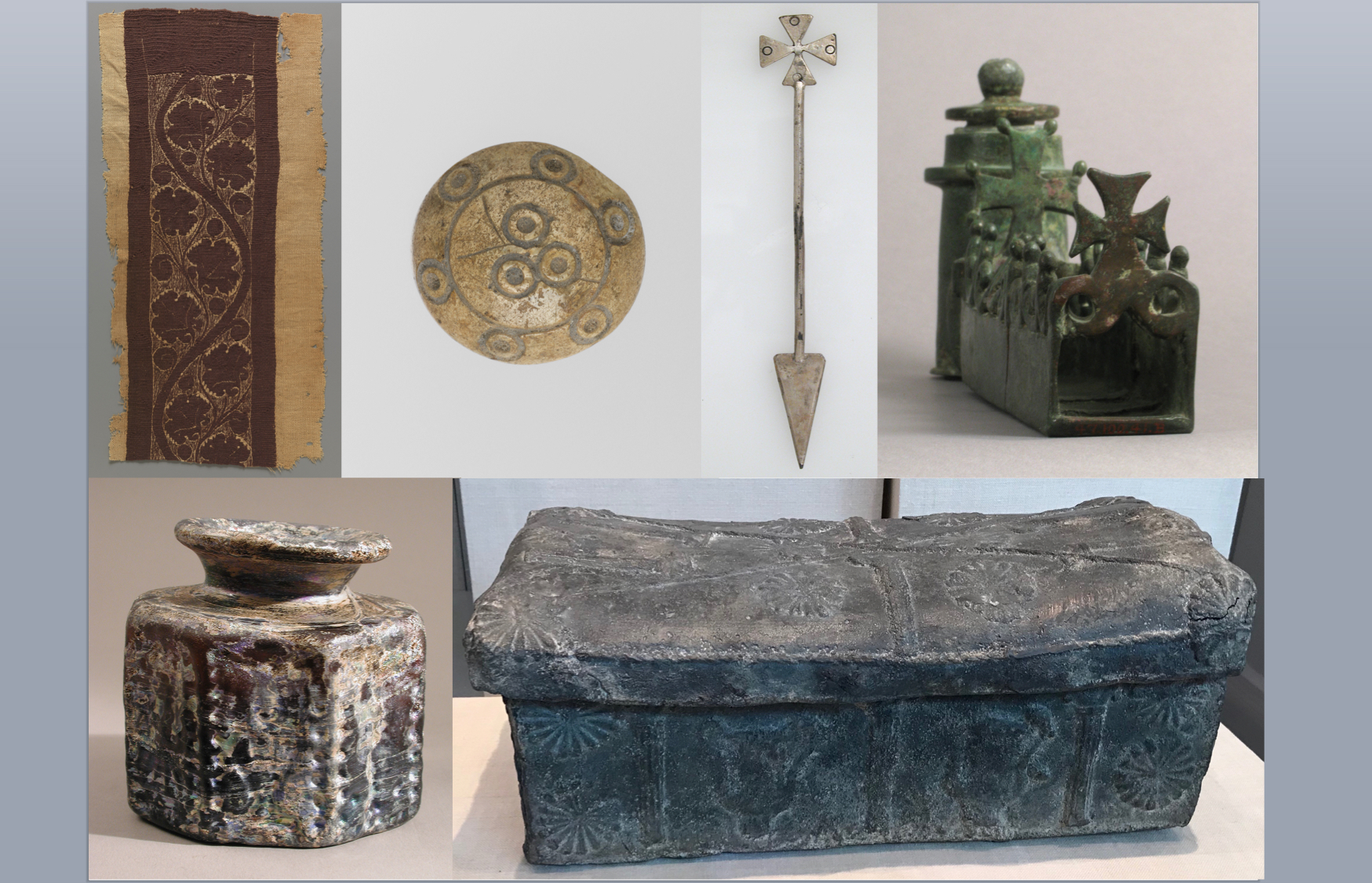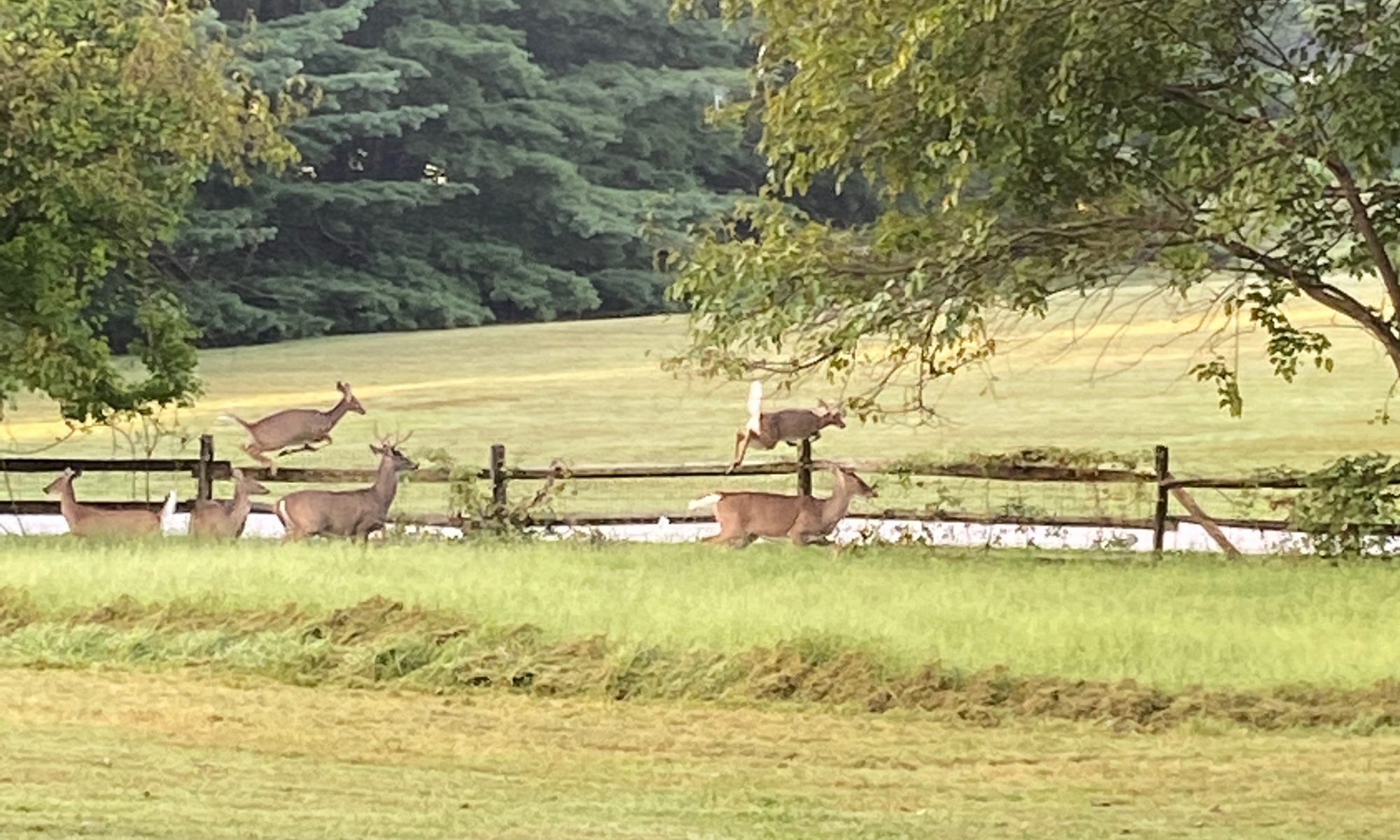The end of summer brings to a close a period of noise pollution and increased greenhouse gas emissions over verdant suburbs across Europe and the USA. The shift to electrification in lawn care has been slower even than that in other forms of motorized transport. “Gasoline-powered lawn mowers and garden equipment are emitting 30 million tons of pollutants yearly in the USA, accounting for a quarter of all non-road gasoline emissions.” An aging lawn tractor or riding mower running on gasoline will emit as much in an hour of grass cutting as a newer hybrid SUV driven 500 miles. Most homeowners will cut their grass every week for four months of the year, or pay a company to do this. Landscaping is a $130 billion industry in the USA, and lawn care accounts for most of its revenue.
Pliny the Younger is, we think, the first person to record the pride he took in his lawn. Perhaps I should say, his letter on that subject is the earliest to survive. But Pliny’s lawn was one element, and a rather modest one, in a much larger design at his Tuscan Villa. It was not the vast, manicured expanse that became central to French and English formal gardens of the seventeenth century, the maintenance of which required an army of gardeners and herds of sheep and goats. Of course, Pliny’s many estates, including that in Tuscis, were maintained by his slaves.
The Romans of all ages used water to spectacular effect, bringing resources through thousands of miles of aqueducts to deliver them to cities, where the urban poor were afforded fresh potable water from great public fountains. The rich could hope for better, diverting resources to their own homes through official sanctioned pipes. Eleven aqueducts serviced the city of Rome, the greatest of which, the Anio Novus aqueduct, delivered around 11 billion gallons of water each year. Today, in the USA alone, the EPA estimates that 9 billion gallons a day, are used outdoors, and in hot months that more than doubles in order to irrigate lawns. Perhaps half of that is wasted due to evaporation and run-off.
The desire for a beautiful lawn drives many otherwise environmentally-conscious individuals to unhappy compromises, paying lawn ‘experts’ far too much to privilege non-native species, to spray chemicals, and to mow far too frequently. Weekly mowing destroys biodiversity, greatly diminishing the numbers of pollinators, including bees. Far greater diversity of plants and insect life is supported by grass that is mowed at most three times each year. Moreover, “Manicured lawns tend to disproportionately favor ‘pest’ species.“
The news is not all bad. The rapid expansion of lawns, for all their limitations, may still have been net positive over the past two decades. Carbon sequestration by lawn turf may be poor, but it is better than bare soil; and when there is so much more of it, it has great potential to do far more. Moroever, decades of research into the use of grass to manufacture biofuels appears to be close to implementation. This, however, requires scale and specialized facilities.
Unfortunately, individual efforts to do more by mowing less frequently run up against social and municipal constraints. Those who allow their lawns to grow longer, indulging in low mow or even no mow activity, often encounter unhappy neighbors who draw their attention to local ordinances on appropriate maximum grass length, impact on local property prices of an ‘overgrown’ garden, and the unhappy presence of bugs, ticks, and vermin in the weeds and fronds (aka biodiversity). Those who sustain the lawn industry and pollute your neighborhood for months have the support of local government to ensure that you do the same.

